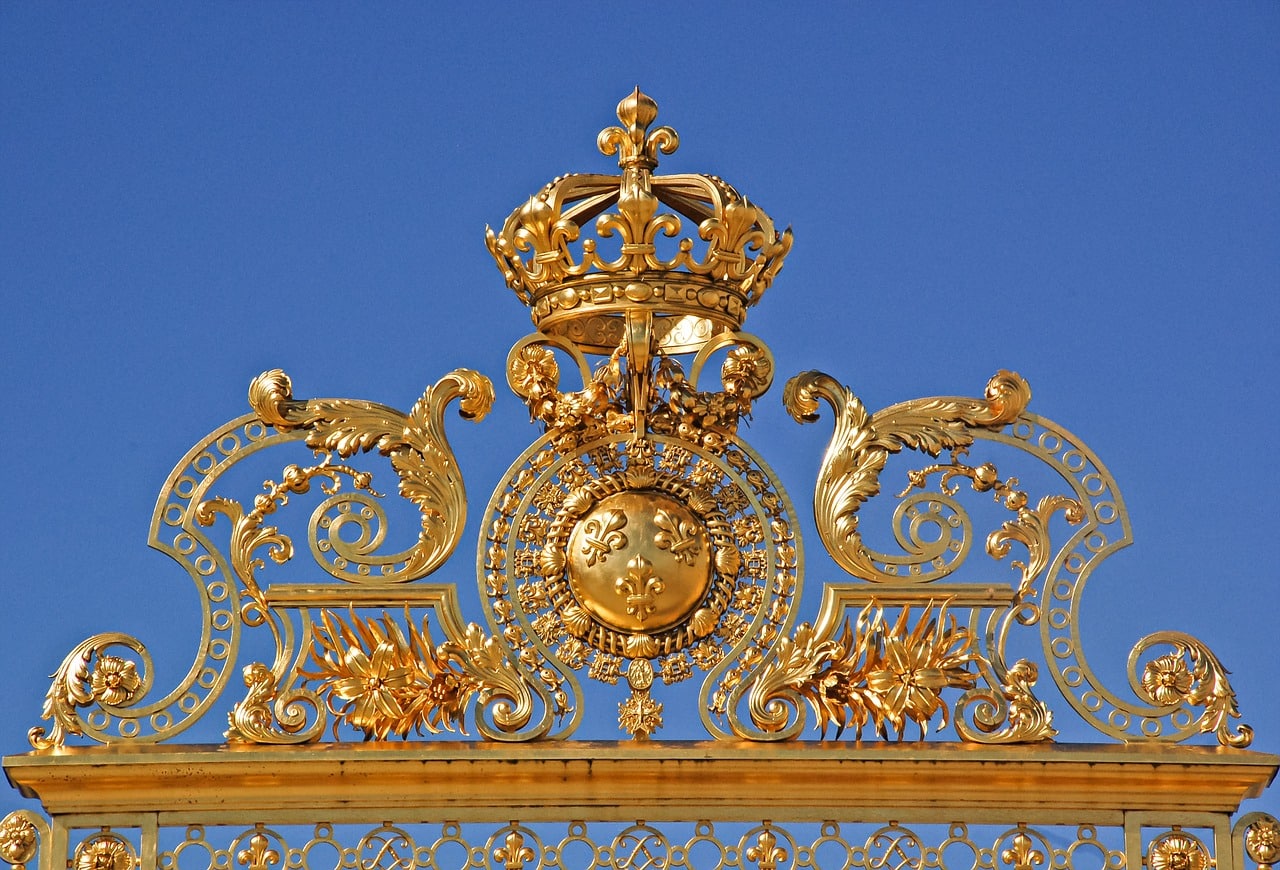
Under the guidance of Louis XIV, the Palace of Versailles became a scene of concentrated power since the aforementioned absolutist monarch lived there permanently.
Absolute monarchy is the type of government that is characterized by the concentration of absolute power in a single monarch .
This political regime, even called monarchical absolutism or absolutist monarchy , does not admit a government with divided powers : only the king rules and there is, within this system, no State institution with powers to oppose the word or decisions of his majesty
The case of the constitutional monarchy is different, where there is a separation of powers and the sovereign is at the head of the Government along with other organizations or institutions. And we cannot fail to mention the parliamentary monarchy , since it is governed by a representative system in which the monarch serves as head of state but there is a parliament that, among other responsibilities, assumes the job of regulating functions and performance. of the king (or queen ) in question.
Origin and evolution of absolute monarchy
The origin and evolution of absolute monarchy vary according to the place in the world and the culture being analyzed.
According to some scholars on the subject, this style began to gain notoriety in the last stretch of the Middle Ages . In the western portion of Europe this model governed during the 18th century .
The majority of absolute monarchies , a system that is already practically extinct in much of the planet, disappeared towards the 19th century .
Characteristics of monarchical absolutism
The characteristics of monarchical absolutism range from the powers of the king or queen to the duration of this modality in which, among other realities, the lack of guarantees and rights at the individual level become evident.
The position of monarch is received by the condition of being an heir. The procedure for succession to the throne is automatic: the position of king (or queen ) is passed from the parents to their children and is for life . Regardless of the capabilities, desires or aptitudes of each ruler, the role is exercised until death.
It is assumed, in absolutist contexts , that each sovereign is correct, human and objective because, in some way, he or she has power emanating from God himself. As a result of divine right , there are no legal restrictions limiting royal action nor any higher body capable of holding accountable the person in charge of governing, who displays and takes advantage of his absolute power .
Who and how is this type of control resolved? With the payment of taxes by workers and taxes destined for the crown since, from this perspective, the population only has obligations.

The power and authority of every monarch is represented through the royal crown.
Structure of the absolute monarchy
The structure of the absolute monarchy is very particular because it points to an organization without the Executive Branch , the Legislative Branch or the Judicial Branch existing independently.
Every decision is in the hands of the acting king or queen , who concentrates all the powers since it is considered, in this context, that each monarch exercises his or her role by the aforementioned divine right . Thus, it is understood that no court made up of human beings is in a position to judge the person who dispenses justice and governs in the name of the Almighty . Hence the idea of kings being accountable only to God is accepted.
Yes, however, there is room for the formation of an army loyal to the leader that provides security and defense guarantees typical of a royal guard . The existence of public officials and ministers destined to fulfill the role of ambassadors is also recognized. In his hands are acts of diplomacy , pacts, agreements, alliances, treaties and strategies for the king to add territories and enhance his power. It is interesting to note that, historically, the keys to achieving these objectives have been negotiations and wars.

In the Vatican , with the pope in the leadership role, there is absolute monarchy.
Notable absolutist monarchs
Among the prominent absolutist monarchs throughout History , at least six names appear, not all of which correspond to the male gender. It is also appropriate to highlight that, on a global scale, there are already very few cases of monarchical absolutism .
The first one worth mentioning as a reference is Louis XIV , who exercised his command in France from mid-May 1643 until the day of his death, which occurred at the beginning of September 1715 . Likewise, looking at Russia , it is possible to find Peter the Great as an example of a leader framed in the absolutist system.
The experiences of Philip II , husband of Mary I ( queen of England and Ireland ) who reigned in Spain from 1556, remaining in that position until he died, also serve to illustrate what and how an absolutist monarch is.
In England, Henry VIII stood out for his exercise of absolutism , while Frederick the Great of Prussia was characterized by his embrace of the doctrine called enlightened despotism . For him, the people had to obey their leader perfectly since he understood that the monarchy was not linked to divine right but to a contract between the monarch and the community .
Finally, it is enriching to note that when Charles VI died, the government of María Teresa I of Austria began, in 1740 , a woman who was another symbol of enlightened despotism . His arrival to the throne could be achieved thanks to the fact that his father, in 1713, promulgated an edict called Pragmatic Sanction .
